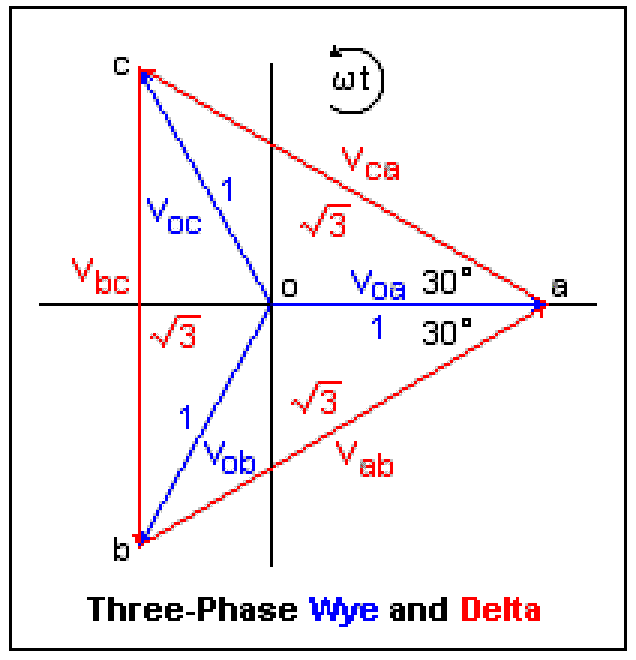DL 1021 Induction motor with three-phase stator winding and squirrel cage buried in the rotor. Technical features:
- Power: 1.1 kW
- Voltage: 220 / 380 V Δ/Y
- Current: 4.3 / 2.5 A Δ/Y
- Speed: 2870 rpm, 50 Hz
my question is what does it means for voltage i.e 220/380 V Δ/Y. i did not get the idea Δ/Y(is that starting method or what?

